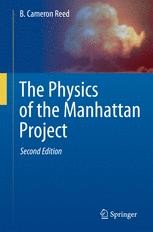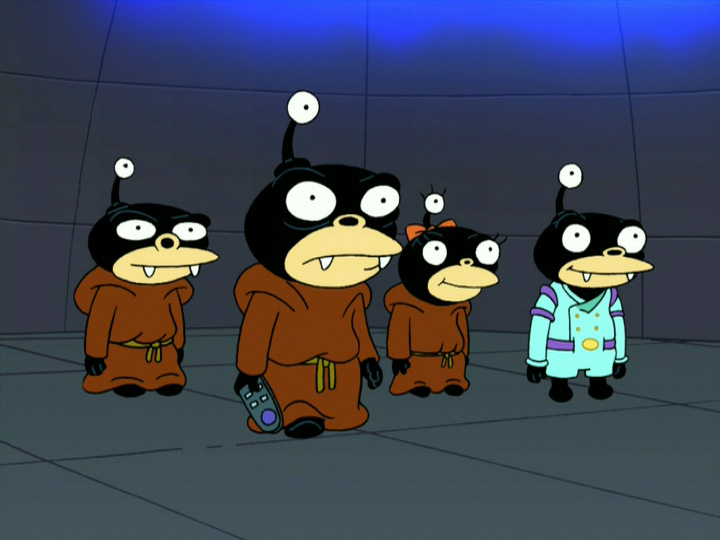This past Tuesday wifey and I attended a lecture on Dark Matter at Stanford Uniiversity in Palo Alto. Being on the campus and especially in a classroom is, by itself, an inspiring experience.
What is Dark Matter? The correct answer is, "I don't know."
The lecturer was Dr. Rebecca Leane. The information came fast and difficult; the Q&A afterwards was more of the same. One little kid asked a really tough one... My favorite question was, "How do we know Dark Matter makes up 95% of our Universe, and are you sure?"
With the JWST and more, this is an amazing time to be alive!
What is Dark Matter? The correct answer is, "I don't know."
The lecturer was Dr. Rebecca Leane. The information came fast and difficult; the Q&A afterwards was more of the same. One little kid asked a really tough one... My favorite question was, "How do we know Dark Matter makes up 95% of our Universe, and are you sure?"
With the JWST and more, this is an amazing time to be alive!




